**In a groundbreaking advancement, Google’s AI now empowers robots to operate without cloud support, even mastering complex tasks like tying shoelaces.**
Google has once again pushed the envelope in AI technology. Recently showcased at the latest tech symposium, their new robotic artificial intelligence is capable of intricate and dexterous manipulations, such as tying shoelaces, all while operating independently of cloud support. This represents a significant leap forward in both AI self-reliance and robotic capability.
Traditional robotic systems rely heavily on cloud computing to access data and processing power for complex tasks. The new AI system developed by Google takes a different approach by embedding advanced computational capabilities directly into the robot itself. This allows for real-time processing and decision making without the latency often associated with cloud reliance. By transitioning away from cloud dependency, this AI can perform more consistently in environments where internet connectivity might be unreliable or unavailable.
The new system is built on an advanced neural network architecture that mimics the human brain’s ability to learn and adapt. Through comprehensive training datasets and simulations, these AI-powered robots can understand and replicate human-like dexterity. Tying shoelaces, which requires a nuanced understanding of pressure, movement, and feedback, is a benchmark test illustrating this new level of precision.
Beyond the novelty of tying shoelaces, the implications of such advancements are profound, opening doors to more autonomous service robots in healthcare, manufacturing, and service industries. These robots can now perform tasks that were previously dependent on human intervention, such as surgical assistance or precision assembly manufacturing.
The development team has highlighted the versatility of this AI, which can be programmed to handle a myriad of tasks, adapting its methods as necessary. This adaptability is driven by machine learning algorithms that permit the robots to learn from trial and error, improving their performance with each iteration. Importantly, this learning process occurs locally within the robot, bypassing the need for cloud-based updates or interventions.
As these robotic systems become more sophisticated, the potential for everyday use becomes increasingly realistic. Whether in households where personal assistant robots could manage day-to-day chores or in public settings where autonomous robots guide or serve individuals, the possibilities are virtually limitless.
Looking ahead, Google’s advancements set a new standard not just in robotic AI but also in the broader field of autonomous systems. By reducing dependency on cloud services, these AI models are poised to offer practical applications where network infrastructure is a limitation, opening up potential markets in rural and undeveloped regions.
This shift toward more autonomous, cloud-independent AI represents a significant direction not only for Google but for the future of robotics and artificial intelligence as a whole. As more industries adopt these technologies, the boundary between technology-assisted living and true automation continues to blur, bringing futuristic possibilities into today’s reality.
AI
Google’s new robotics AI

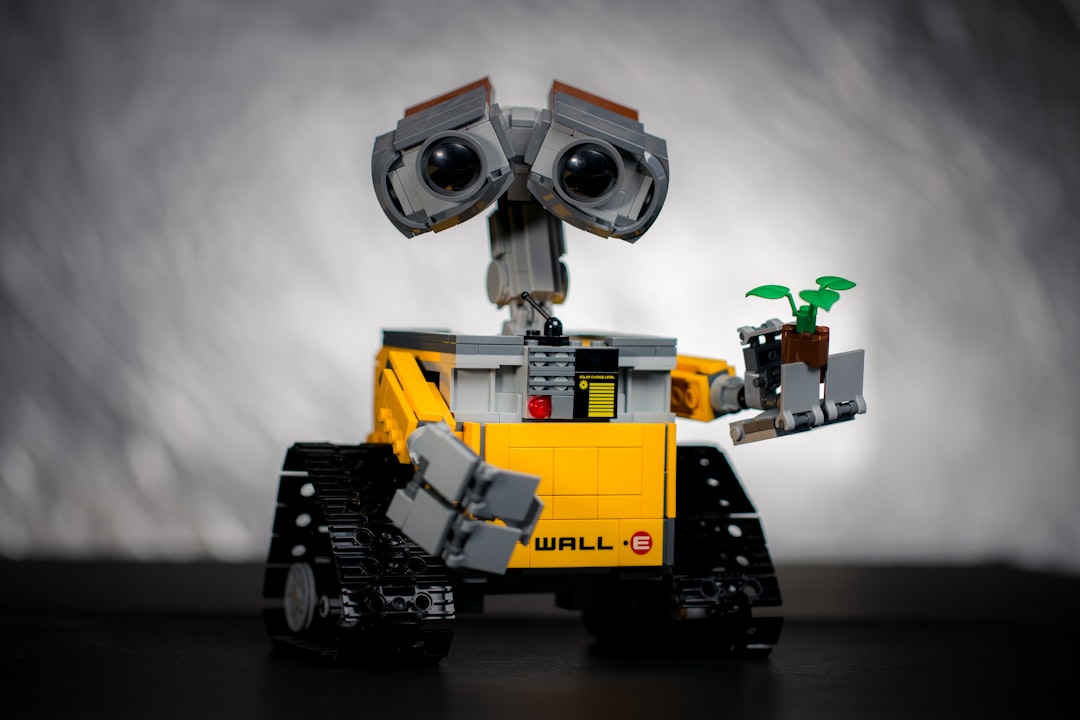

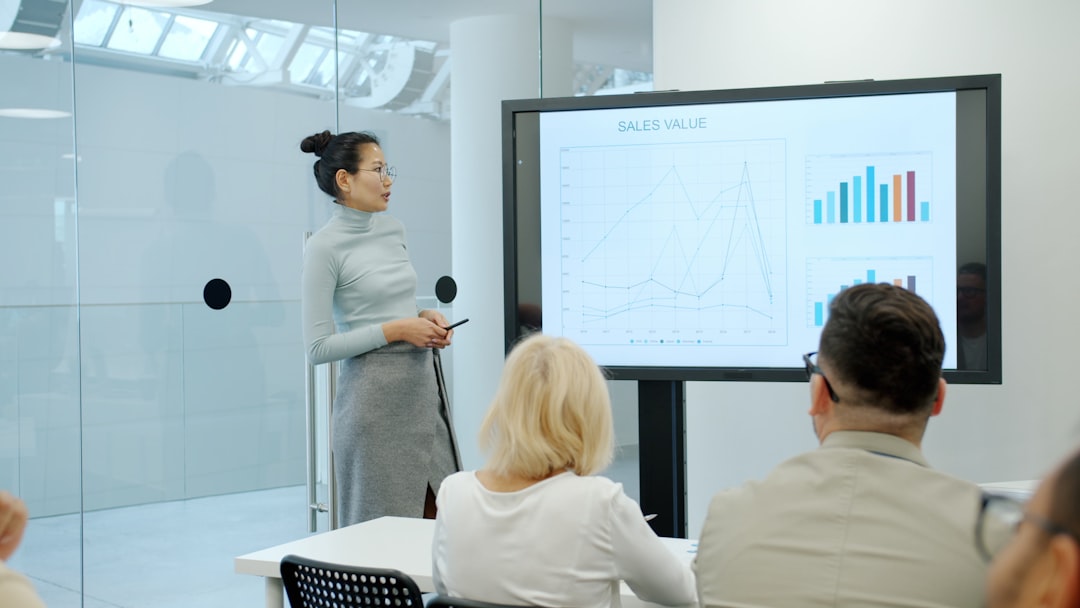
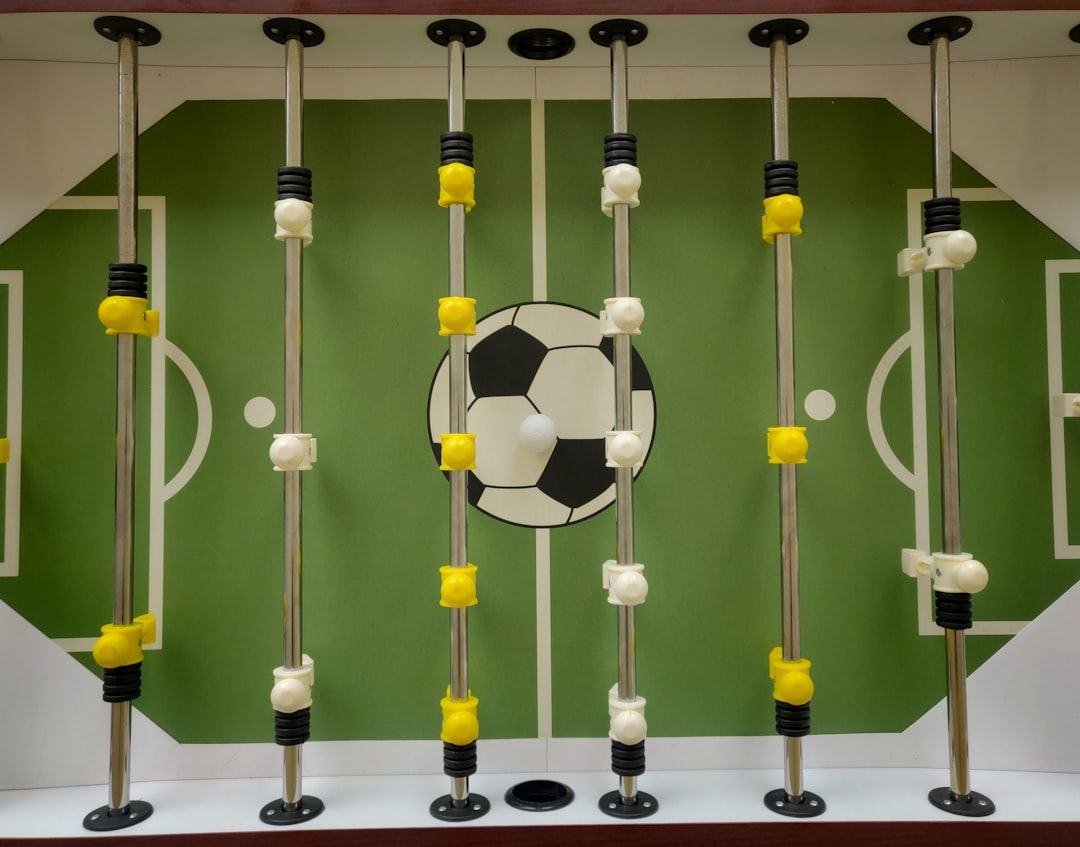
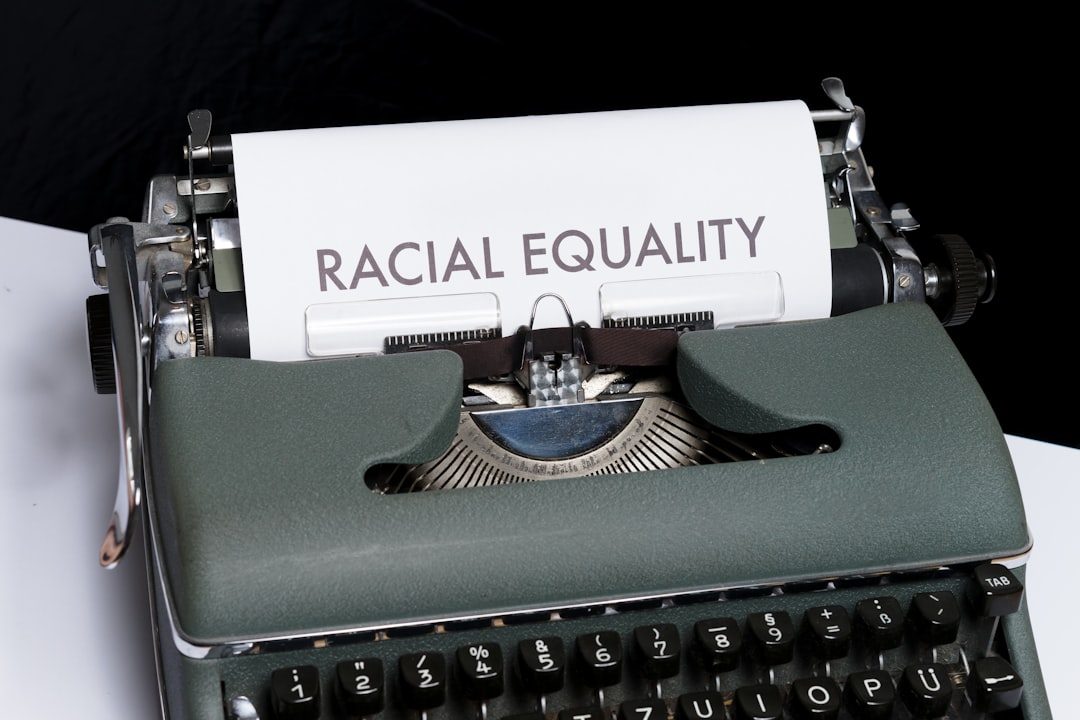
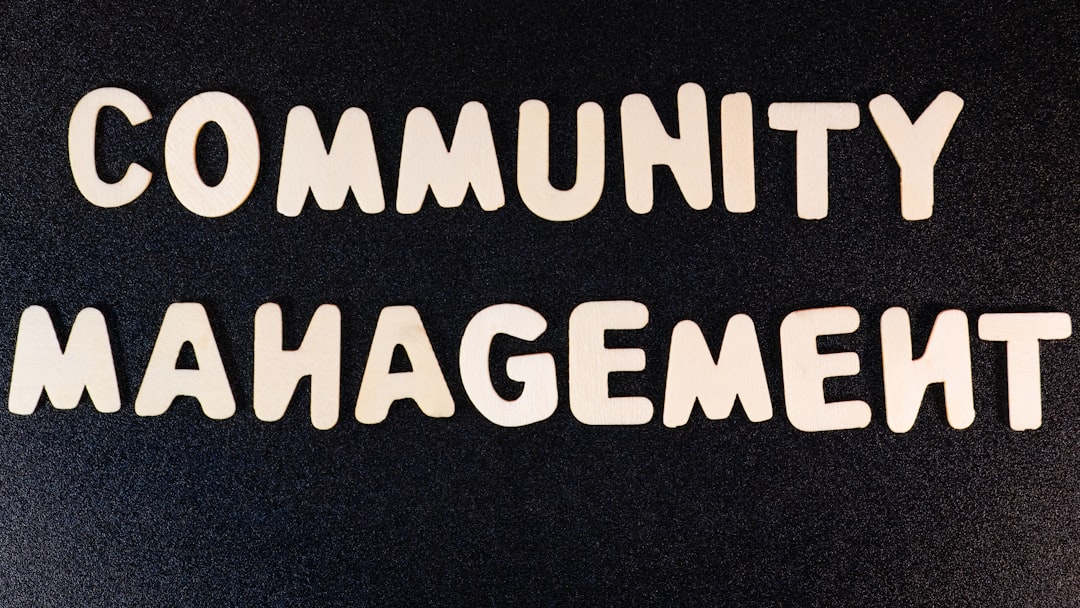
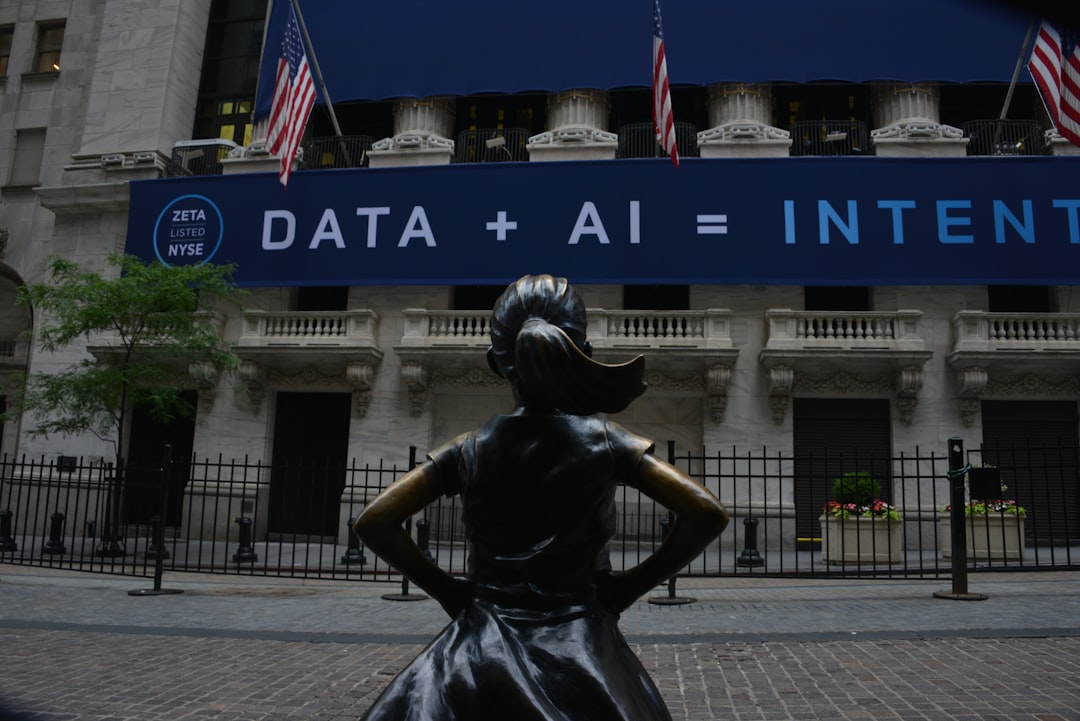

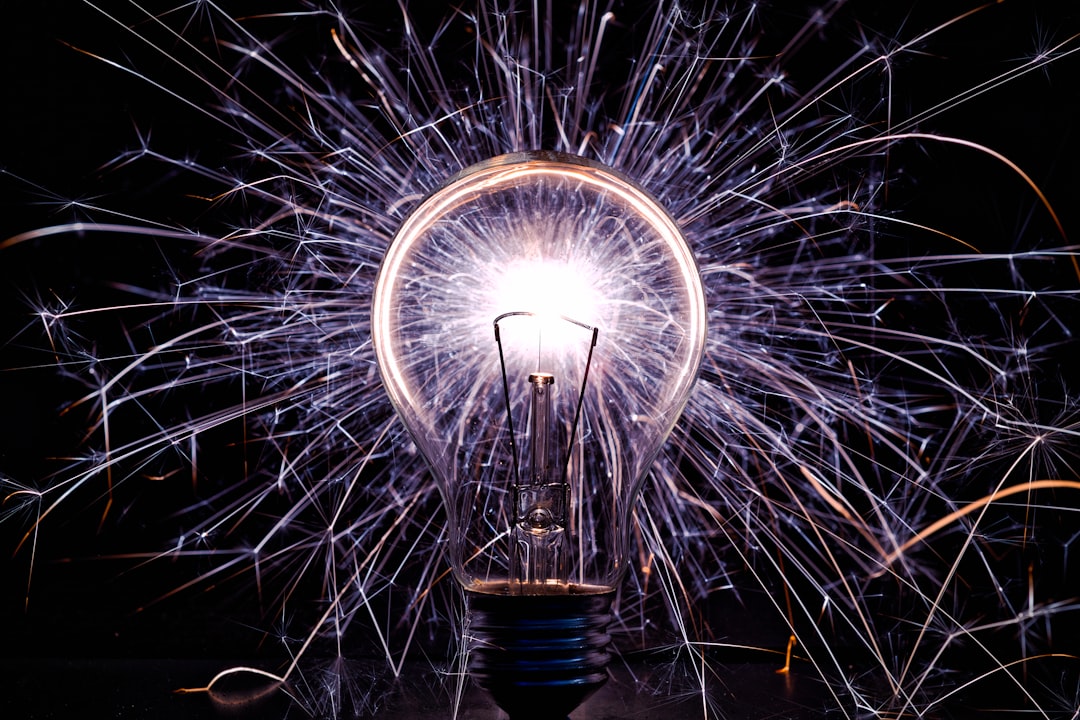



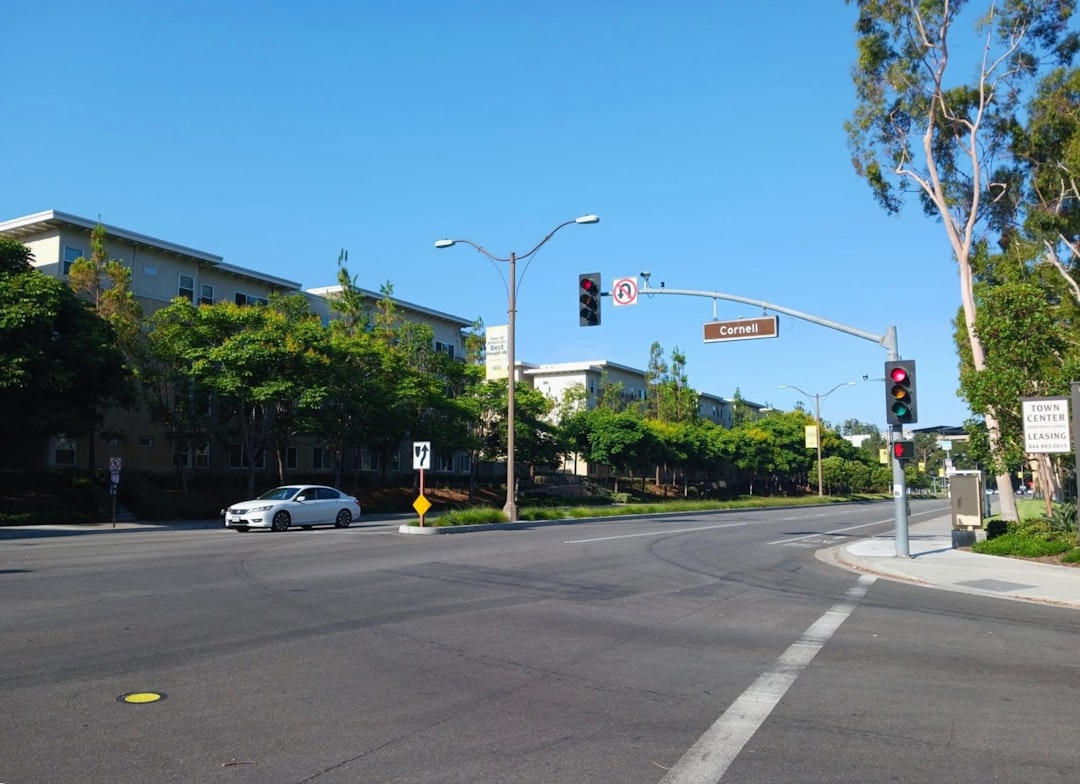
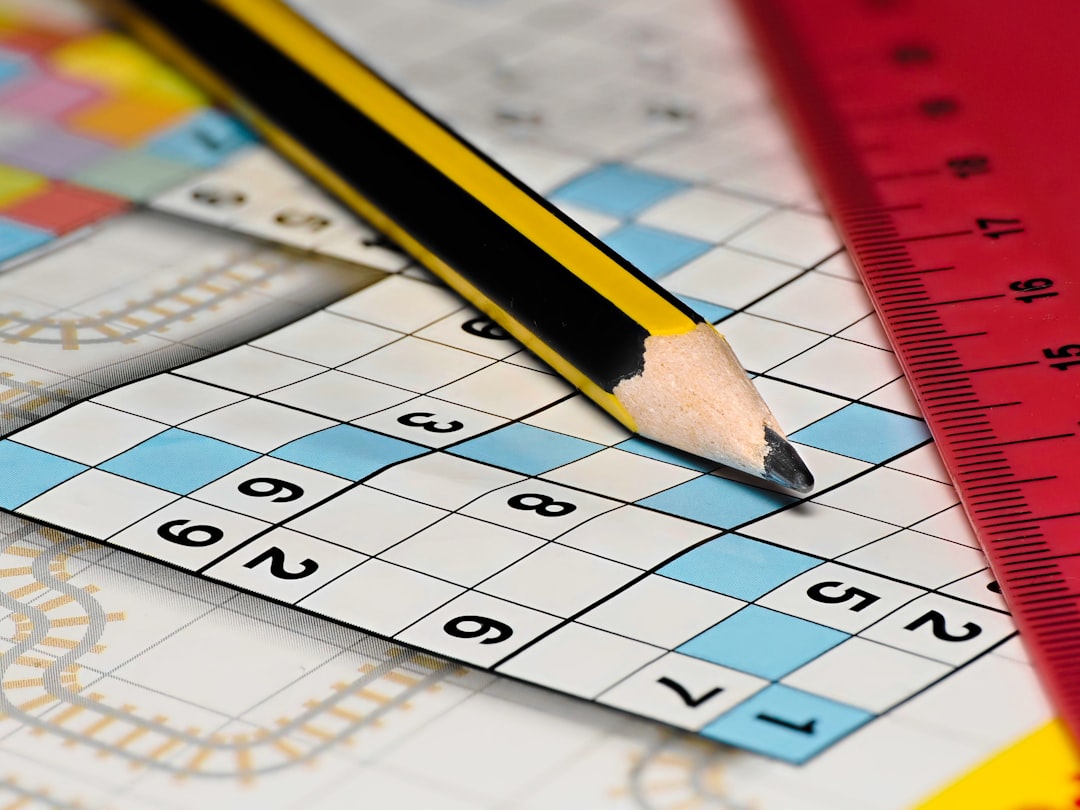

Leave a Reply